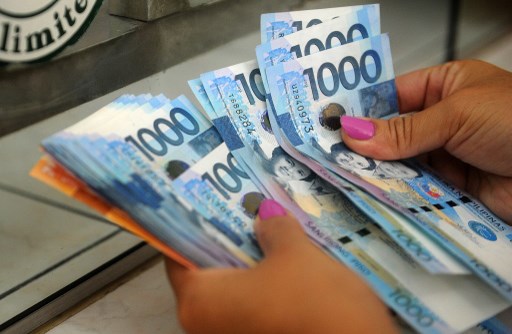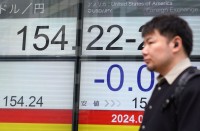
(Eagle News) — The country’s inflation for the third quarter was recorded at an average of 6.2 percent which is higher than the previous quarter’s average of 4.8 percent, according to data released Friday, Oct. 19, by the Bangko Sentral ng Pilipinas.
BSP Officer-in-Charge Maria Almasara Tuaño-Amador said in a press briefing in Manila that this has brought the inflation for this year to date at 5 percent.
Dennis Bautista, officer-in-charge of BSP’s Economic Research Department, said this year’s high inflation could be attributed to “higher and volatile global oil prices,” aside from the implementation of the TRAIN law and weakening peso.
The other causes of the country’s rising inflation are “rise on the food prices and other commodities due to weather adverse condition and supply shortage, and higher interest rates,” Bautista said.
Because of this rising inflation, the Inter-agency Development Budget Coordination Committee (DBCC) in its medium-term macroeconomic assumptions also revised its inflation outlook for 2018. From the previous range of 4 percent to 4.5 percent, it was revised to 4.8 to 5.2 percent in the committee’s medium-term macroeconomic assumptions released on October 16.
The BSP also raised its inflation outlook this year to 5.2 percent. For 2019, its inflation outlook was set at 4.3 percent.
For four straight policy meetings this year, the BSP also hiked its benchmark borrowing rate to address inflation from 3 percent to 4.5 percent.
But the BSP assured that inflation in the country could revert back quickly to the original target range, citing monetary and non-monetary measures that it has placed to address rising inflation.
Bangko Sentral OIC Tuaño-Amador said that the BSP believes it had “sent a firm signal of its commitment to combat inflation and safeguard price stability.”
“Again, we will continue to be very watchful for all developments that affect the inflation outlook so that systematic policy responses can be considered if needed to keep inflation within target,” she added.







